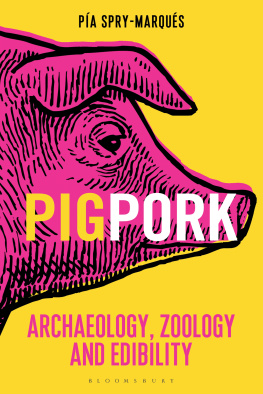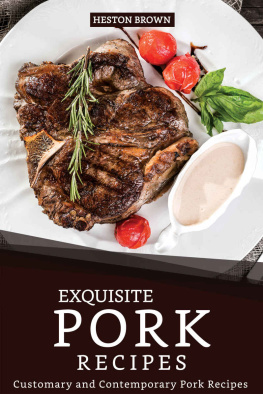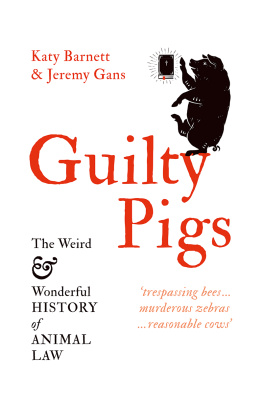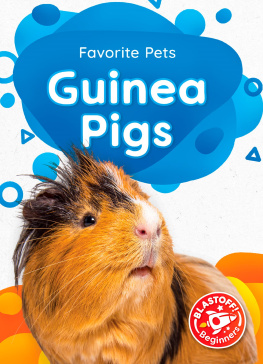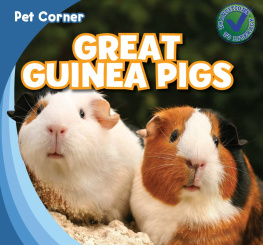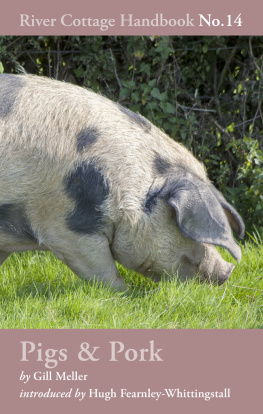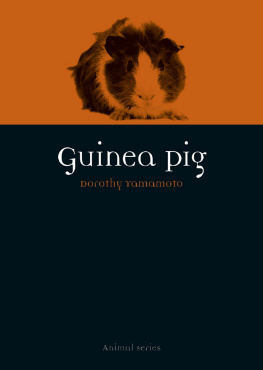
Also available in the Bloomsbury Sigma series:
Sex on Earth by Jules Howard
p53: The Gene that Cracked the Cancer Code by Sue Armstrong
Atoms Under the Floorboards by Chris Woodford
Spirals in Time by Helen Scales
Chilled by Tom Jackson
A is for Arsenic by Kathryn Harkup
Breaking the Chains of Gravity by Amy Shira Teitel
Suspicious Minds by Rob Brotherton
Herding Hemingways Cats by Kat Arney
Electronic Dreams by Tom Lean
Sorting the Beef from the Bull by Richard Evershed and Nicola Temple
Death on Earth by Jules Howard
The Tyrannosaur Chronicles by David Hone
Soccermatics by David Sumpter
Big Data by Timandra Harkness
Goldilocks and the Water Bears by Louisa Preston
Science and the City by Laurie Winkless
Bring Back the King by Helen Pilcher
Furry Logic by Matin Durrani and Liz Kalaugher
Built on Bones by Brenna Hassett
My European Family by Karin Bojs
4th Rock from the Sun by Nicky Jenner
Patient H69 by Vanessa Potter
Catching Breath by Kathryn Lougheed
To Daniel
For teaching me so much about life and for making me realise its probably best not to write a book and raise a small child at the same time!
Te quiero.

Contents
Firstly, massive thanks go to my father, Eddie Spry, who, just like he did for my equally long doctoral thesis, read, edited and commented on the many thousands of words that make Pig/Pork . I also owe massive thanks to Joe Owen, pig GM expert and a dear friend of mine since our fun days at York he read many of the chapters, and provided useful pointers and corrections to my work. Sinia Radovic helped me with the polishing of the chapters on archaeology, on which he is an expert. Hvala! Others who also kindly agreed to read and comment on various drafts of several chapters are Erasmus zu Ermgassen, Haskel Greenfield, Chloe Nahum-Claudel, Jos Manuel Mallo Fernndez, Vida Rajkovaca and Nuria Avils Thurlow . Your feedback was invaluable and I thank you for taking the time to read some of my work. This book wouldnt have been possible without all those who kindly gave me permission to reproduce their recipes here massive thanks therefore go to (in order of appearance): Anna Colquhoun, Amelia Ijiri, Douglas Santry, George and Vicki Psarias, Yuying Qiu and Ningning Dong, Marisol Jimnez, Mar Izvaz, Carly Morgan, Cndido Lpez, the Peppermill Inc. in Brooklyn, New York, Reyes Lucini Rodrguez, Franco Savoia, Jane Hansen and Anita Friis Sommer, Mabel Valcrcel, Tonko and Vida Rajkovaca. Massive thanks also go to Anna MacDiarmid and Jim Martin at Bloomsbury for providing me with the opportunity to write this book, to Krystyna Mayer for her thorough copyediting, and Samantha Goodlet for her wonderful illustrations. I am also grateful to Fitzwilliam College, Cambridge, for supporting me during the final stages of this project. The most special thanks go to my husband, Alejandro Lucini, without whom this book would have most definitely not been possible. At all. Gracias for keeping Daniel entertained when I was writing, and muchas gracias for putting up with my craziness and worries. Thank you also to Daniel for teaching me so much from day one and making me realise that there was something within me that I didnt even knew I had. I am bound to have forgotten lots of people here I am sorry for that. I appreciate you all and I hope you know that! You all rock.
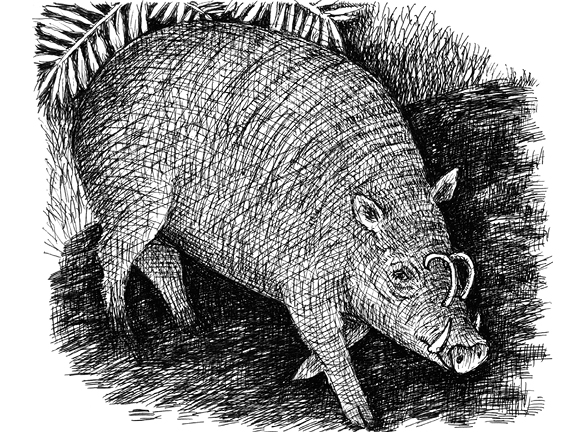
I suppose I should start by recounting a sweet childhood story about a school trip to a farm where my friends and I got to feed and stroke a few nice piglets with our small hands, and how this experience made me fall in love with pigs. But it wasnt like that at all. The truth of the matter is that the only thing I recall from that trip is being bitten by a lamb to which I had a given a finger to suck on. Yes, I must admit, that probably was not the cleverest of ideas, but I obviously didnt know any better at the time. I also vividly remember how much my finger bled as a result of the lambs innocent bite, but little else of the day is stored in my memory of what must have been a magical day.
I must also confess that of all the animals I encountered growing up as a child in Spain, pigs didnt feature very prominently. I have many animal memories, but all of them are pig free. For instance, I remember going to the Madrid Zoo to take part in one of the birthday celebrations of Chu-Lin, the first panda to be born in Europe, where we got a piece of his birthday cake that tasted very creamy and sickly. I also remember keeping silkworms in a shoebox and picking mulberry leaves in the nearby Retiro Park to feed them. Then there was the snail I kept in another shoebox, whose shell I accidentally crushed when trying to give it a hug. I also remember when my dear goldfish died, and instead of having him buried far away from me we lived in a fourteenth-floor apartment and didnt have a garden I decided to keep him nearer to home and put him in our freezer despite my mothers objections. But there are definitely no pig memories. I dont even remember pigs featuring on the TV or in films. But still no childhood memories involving pigs.
I have now realised that this lack of pigs in my awareness was due to the fact that the pigs I grew up with were not on farms, in zoos or on TV screens. They were on my plate instead: the chorizo in the sandwich I ate after school; the and I was never really shocked by the sight of dead piglets inside the butchers glass counter, or by the numerous legs of ham hanging from the walls of many food shops, bars and restaurants in Spain.
I guess, like most children, I developed an interest in animals early on, but unlike many of my peers I never dreamed of one day becoming a veterinarian or biologist. I wanted to be a paediatrician or the Queen of England. So when the time came to decide on what further studies to pursue, many of my friends and family were rather puzzled by what appeared to be my random choice of a subject: I wanted to read archaeology and anthropology at university. However, my interest in the variety of peoples and societies across the world, and their origins, perhaps wasnt that random. I was born in Geneva (Switzerland), raised by a Spanish mother and a British father, and have two older Swedish half-siblings, with whom I have spent time in their native Stockholm. Growing up, I spent many summer holidays in Nice studying French, and in southern Italy living with the family of my Italian godparents.
Over the years my varied national and cultural experiences made me realise how different yet similar human groups are. It made me want to learn more about what it is that makes us human and how our cultural differences came about hence the choice of archaeology and anthropology. My undergraduate studies not only took me on a journey of human behavioural discovery, but also taught me about our diets in the very distant past. I became fascinated by the past (and present) hunting-and-gathering economies of humans, and before I knew it I was doing a PhD on what people were eating in southern Croatia about 18,000 years ago. Though humans ate all sorts during the Palaeolithic, my doctoral research focused on the animal side of their diets, so my three and a half years were spent studying zoology and analysing red deer tibiae, European wild ass phalanges and wild boar teeth (more on that later).

